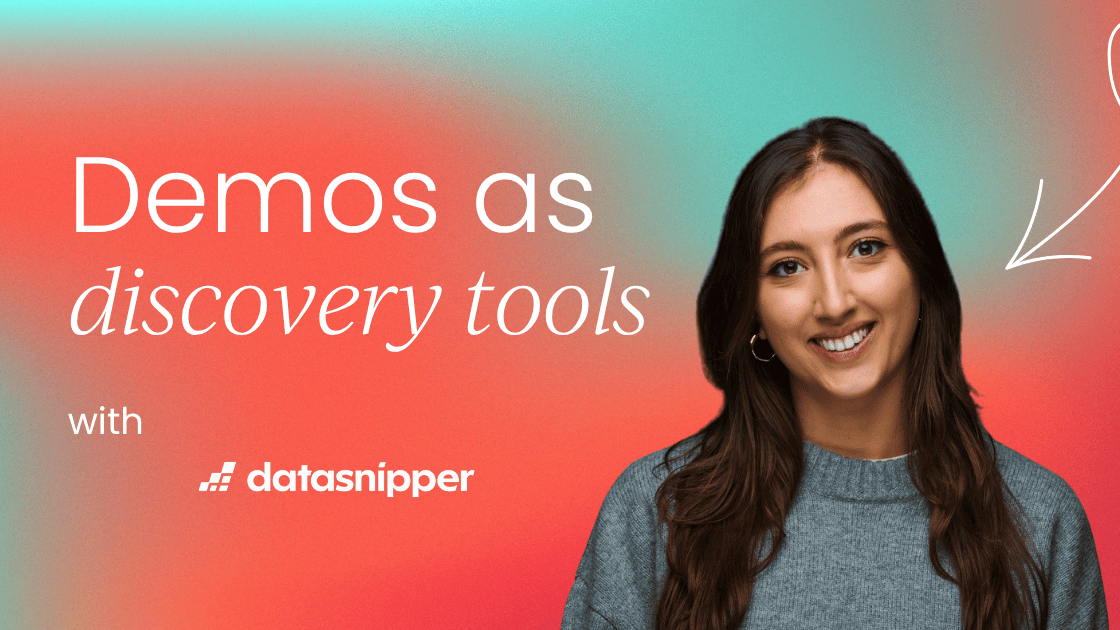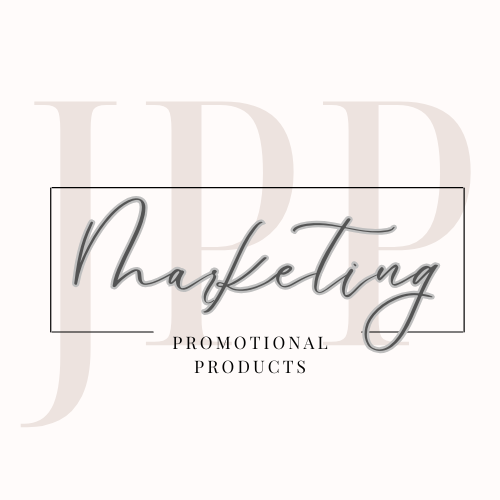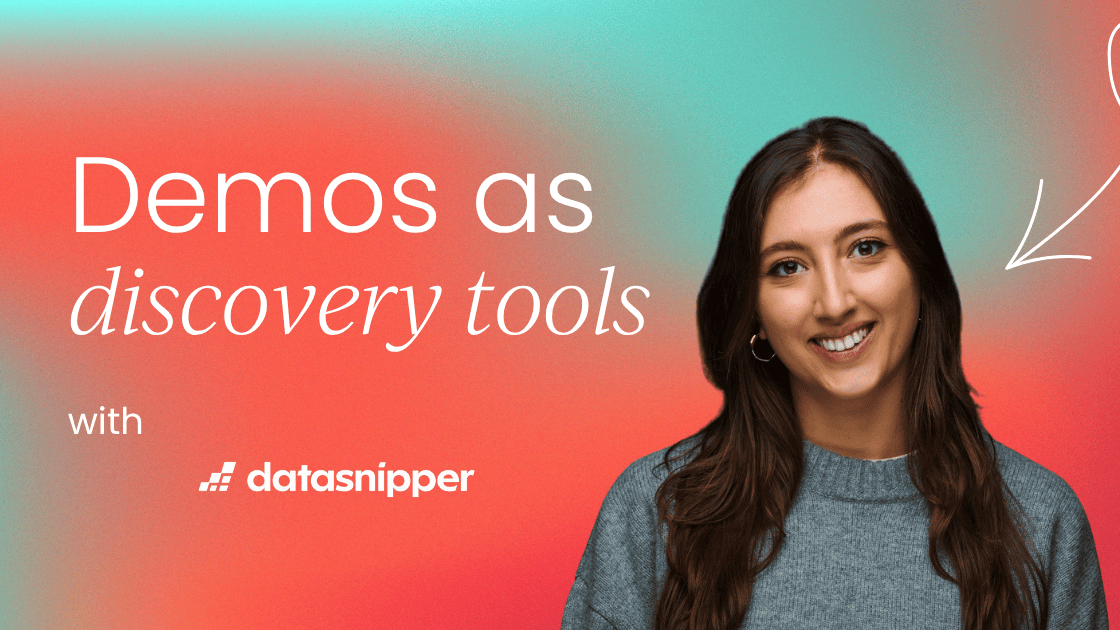
Product marketers are always looking for new ways to sharpen their positioning, refine their messaging, and make sure every word truly resonates. We run customer interviews, analyze win-loss data, and test countless variations of copy.
But sometimes, the best insights come from natural, unscripted conversations, not from planned research. The tool that can tell you exactly what your audience cares about, how they describe their problems, and what truly catches their attention is already right in front of us.
You just need to look at your sales demos.
Because every demo is a mirror. It reflects what your audience actually values, not what we assume they do.
In most companies, demos are seen as one-way presentations. Product Marketing and Sales come together to craft a captivating story, build a compelling product walkthrough, and deliver it like a show.
But for product marketers, demos can be so much more than that. They are real-time discovery sessions that reveal what truly resonates, what confuses, and what gets ignored.
Every question asked, every answer given, and every spark of excitement is a small data point that tells you who your real audience is and what they care about most.
When you start paying attention to these patterns, demos turn into one of the richest sources of qualitative insight. They show you how different segments articulate their pain, what outcomes they prioritize, and which features they attach value to.
Over time, these signals reveal where your message truly lands and where it falls flat. For product marketers, this is gold. It helps refine your segmentation, sharpen your ICPs, and align your narrative with how real customers think and talk, not how we wish they did.
Turning demos into discovery: how to capture the right signals
To turn demos into a real discovery loop, you need to observe them with intent. It starts with noticing the small, repeatable moments that reveal how your audience thinks.
- When does their tone shift?
- Which features make them pause?
- Where do they ask follow-up questions?
These cues might seem minor in isolation, but together they form a pattern of what truly resonates with each segment.
Start by treating every demo like a research session. Listen for language. Write down how prospects describe their challenges in their own words. Capture recurring objections and note which benefits people react to without prompting. Over time, these patterns give you far more insight than static persona docs ever will.
I understand that product marketers might not always have time to join demo calls, or generally, they might not even run them themselves. That is where tools like Gong become invaluable. Spend an awful amount of time there.
Combine recordings with AI-powered summarization to spot themes, extract real phrasing, and identify trends across dozens of conversations. It is one of the most effective ways to stay close to the voice of your customer without being on every call.
Structuring what you learn
Once you start collecting demo insights, structure becomes essential. Otherwise, they end up as scattered notes and Slack messages that never turn into anything actionable.
Use a shared Notion table to organize what you learn from each demo. Create tags for
- Role,
- Industry,
- Company size,
- Product,
- Use case,
- Key pain points,
- Messaging input (interesting words or phrases prospects use),
- Objections,
- Competitor mentions,
- Questions asked,
- Tech literacy, and
- AI resistance.
These categories help you move from raw notes to patterns that tell a story.
Over time, this view becomes one of your most valuable qualitative dashboards. You will start seeing which segments consistently ask about integrations, which roles bring up competitors, or which industries show hesitation around AI or automation.
The more demos you tag, the clearer your ICP patterns become.
Encourage Sales or Solutions Engineers to contribute their notes too. A small, shared system like this turns anecdotal learnings into organized discovery, the kind of insight that can influence messaging, qualification, and roadmap decisions.
Turning demo insights into sharper segmentation and ICPs
Once you start collecting demo data in a structured way, the next step is translating those insights into your segmentation and ICP framework. This is where the patterns you observe start shaping real strategy.
Look for clusters of similar signals. Which roles bring the highest urgency? Which industries show consistent pain around the same use cases? Are small, fast-moving teams reacting more positively than larger enterprises? These patterns tell you not only who your ideal customer is, but also why they care.
Feed these insights back into your ICP document. Go beyond firmographics like company size or industry, and include behavioral signals you can actually observe in demos, such as how open they are to AI, how curious they are about improving workflows, and how comfortable they seem with change.
Additionally, improve each ICP with real one-liners captured from demo calls to show how they talk about their challenges or goals. When your ICPs reflect real words from customers, they become living profiles that guide messaging, not just theoretical personas that sit in a slide deck.
These demo learnings also feed directly into your competitive intelligence work. Prospects often mention which tools they are currently using or evaluating, and more importantly, why they are considering switching.
Pay close attention to the phrasing they use when comparing products, what they believe others do better, what they say you do differently, and what they wish existed.
This helps you identify where competitors are winning the narrative and where your differentiation truly lands. Over time, these insights make your competitive positioning more real and less assumption-based.
Closing the loop with Sales and Product
Collecting demo insights is one thing. Making them useful is another. The real impact comes when these learnings start flowing across teams.
Start by sharing a simple “demo insights digest” with Sales and Product every few weeks.
Keep it short and structured, what patterns you are noticing, what messaging landed, what objections keep coming up, and what you have changed or implemented new in your messaging.
Sales will see it as actionable context; Product will see it as live customer input. This kind of loop makes PMM the connector between what is said in the market and what gets built internally.
When PMM becomes the bridge between what customers say, what Sales hears, and what Product builds, demo insights start shaping more than just messaging; they influence product direction and go-to-market strategy.
When demo patterns reshaped our positioning
Through observing Gong calls, we started noticing that within our customer groups, the core value drivers were not the same.
For External Audit teams, the strongest reactions came when we highlighted operational efficiency, how quickly they could complete repetitive work, and meet deadlines.
But for Internal Audit teams, efficiency alone was not enough. Their questions and tone consistently pointed to risk mitigation and control. They cared about confidence and audit integrity just as much as speed.
By recognizing this pattern across demos, we refined how we positioned the product for each segment. For the external audit, we led with productivity and time savings.
For internal audit, we reframed the story around accuracy, compliance, and assurance. It was a small but powerful shift that made our message resonate far better, and it came entirely from observing real conversations, not survey data.
Making it a habit
Like any discovery process, the value of demo insights compounds over time. The key is to turn it into a repeatable habit rather than an occasional exercise.
Step 1: Collect intentionally
After every demo, capture what stood out, the questions that sparked interest, the objections that surfaced, and the phrasing prospects used to describe their pain. If you have Gong or another call-recording tool, set aside time each week to review snippets across segments.
Step 2: Tag and organize
Log your findings in your shared Notion table. Keep the tags consistent across calls so you can start spotting patterns. The goal is not perfect documentation but pattern recognition, what keeps coming up, what shifts over time, and what feels new.
Step 3: Share and act
Bring your findings to Sales syncs, GTM reviews, and Product discussions. Highlight one or two insights that changed current messaging or product roadmap. When the loop between what customers say and what teams do tightens, demo data becomes a living source of truth rather than static notes.
Final thoughts
Product marketers spend so much time trying to get closer to the customer, through surveys, interviews, and endless research.
But sometimes, the most powerful insights are already right there, happening in real time. And quite frankly, you can often get far more depth from a natural, unscripted conversation than from a planned research interview.
Demos give us unfiltered access to what customers care about, how they frame their problems, and what value truly means to them. They reveal the gap between what we think we are selling and what people are actually buying.
So the next time you watch a demo, do not just listen for whether the story lands. Listen for what it teaches you. Every question, hesitation, and spark of excitement is a data point waiting to refine your positioning, sharpen your ICPs, and strengthen your go-to-market strategy.
Because in product marketing, discovery never really ends. It just changes form.


